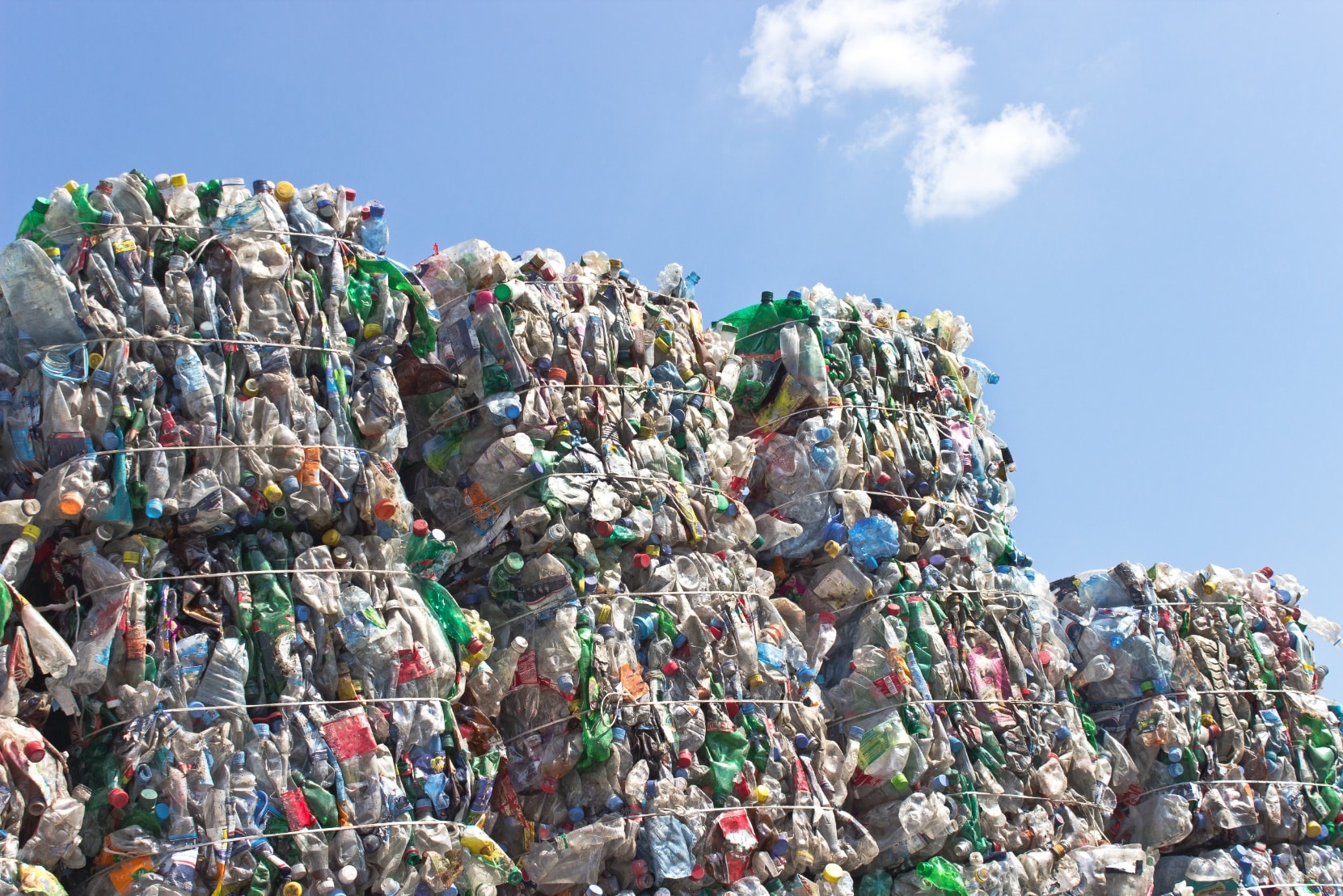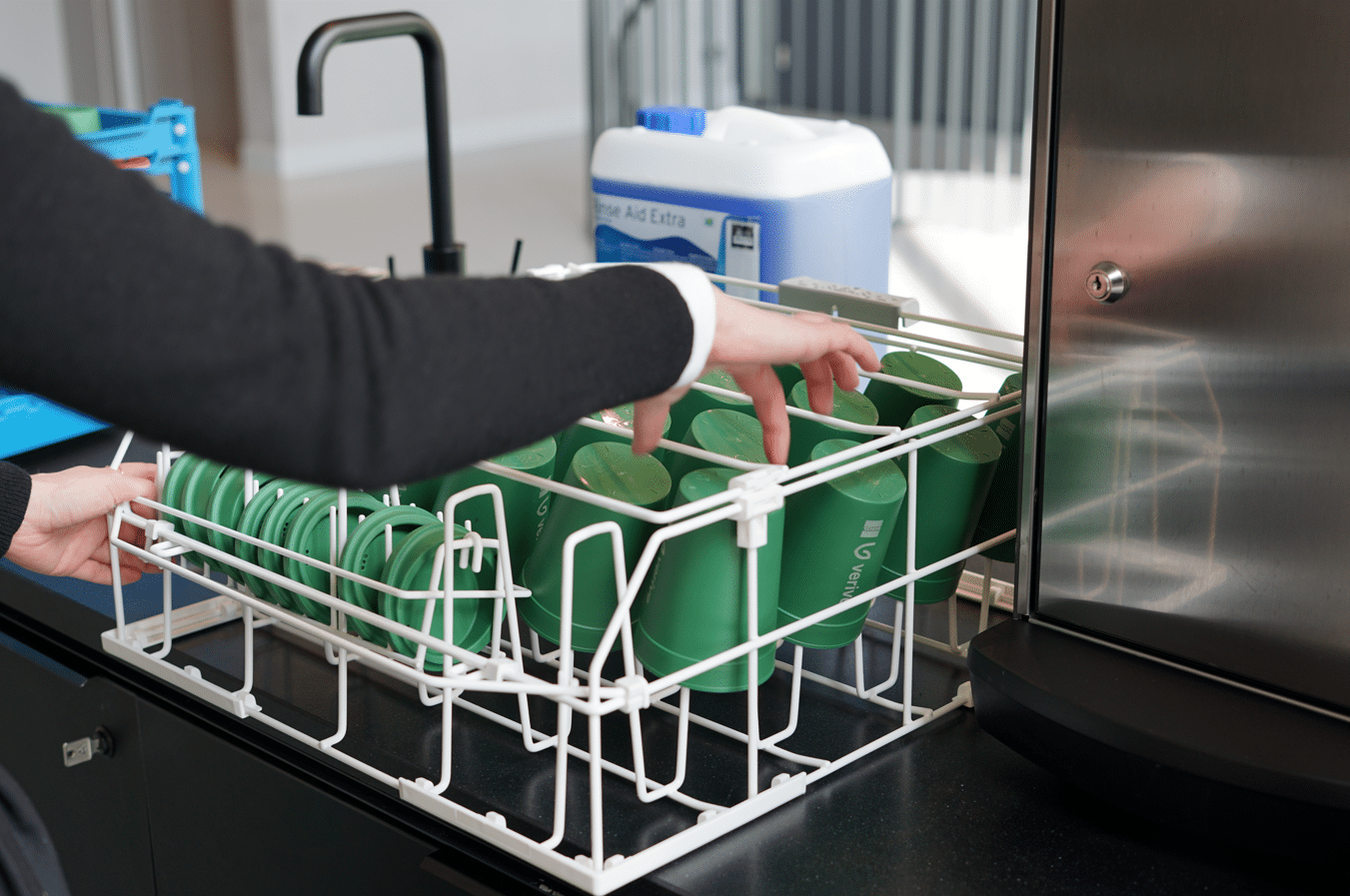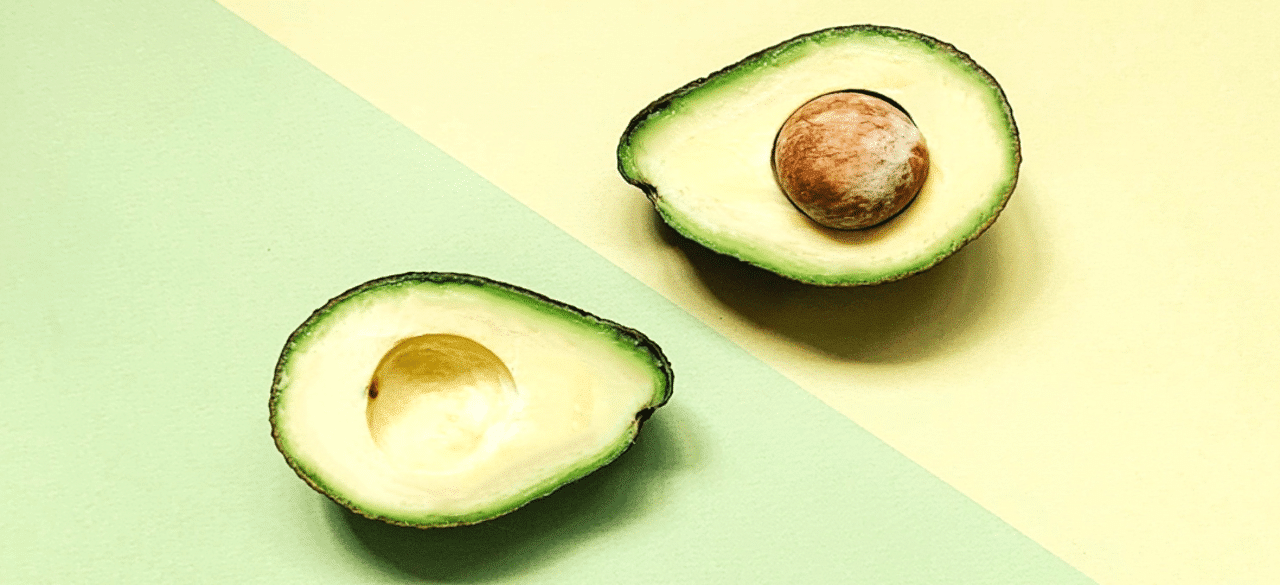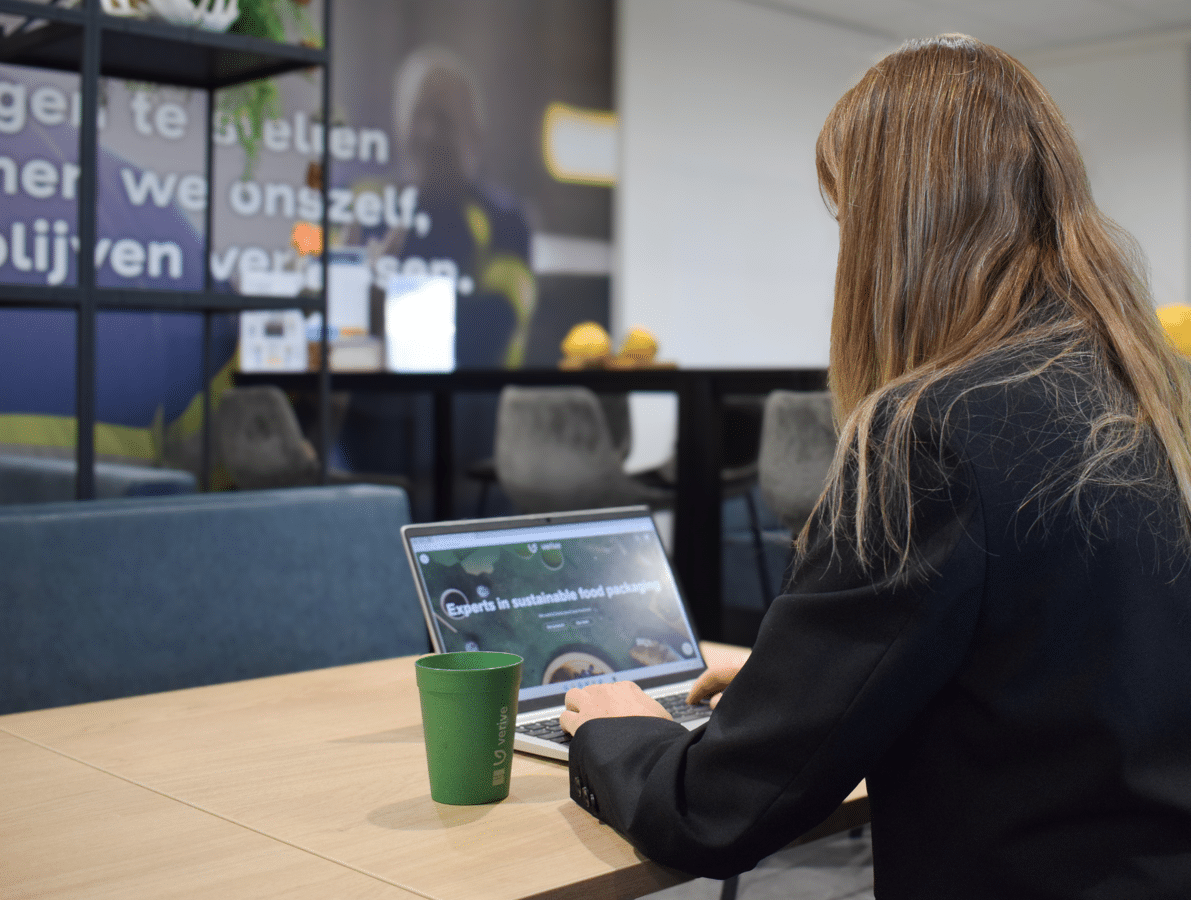About this article
Are European countries good at recycling? Plastic packaging recycling rates have been climbing across Europe over the last couple of decades, with Europe boasting some of the most modern recycling infrastructure anywhere in the world.
Europe can boast some of the world leaders in recycling. Out of the top twenty-five best recyclers in the world, Europe counts nineteen of its nations on the list. That’s counting all municipal solid waste (MSW) -which includes plastic, glass, paper and metal; everything from households, local businesses and the like.
Germany tops the list, followed closely -in Europe- by Wales. It’s not a huge surprise Europe performs so well as it has some of the most well-developed infrastructure in the world.
‘Top recyclers’ lists can vary depending on how the country has counted their recycling (some include incineration of waste in their recycling figures whereas others do not). A recent report by Eunomia provides an adjusted top ten to account for these variations, and we still see Europe coming up trumps with seven countries featured.

When hearing recycling figures, it’s also worth noting there are different figures for different material types. There’s also one set of figures for ‘plastic’, which includes plastic items like furniture and household appliances, and another for ‘plastic packaging’. Germany does not top all of these lists and nation’s performances shift from year to year.
Europe is improving at recycling plastic packaging
What about the recycling of plastic packaging, in particular?
Europe has improved in leaps and bounds over the last twenty years. Nearly double the amount of plastic packaging is now being sent to recycling plants, compared to the amount in 2006. Over that fourteen-year period, there’s been a 92% increase in the amount of ‘post-consumer’ plastic packaging waste ending up in recycling facilities in Europe. This is thanks to new facilities, superior collection infrastructure, as well as consumer behaviour.
So, how much plastic packaging is actually being collected in Europe?
In 2018, 17.8 million tonnes of plastic packaging waste was collected. Out of this 42% was recycled, 39.5% was sent to energy recovery facilities, whilst still 18.5% ended up in landfill.
That’s still a large proportion going to landfill and that’s part of the reason the EU is exploring ways to ensure these improvements in plastics recycling continue in the years ahead.
Seventeen European countries had recycling rates higher than 40% in 2018, over half of EU countries. Only three had rates higher than 50%, so hopefully in the future many European countries can learn from the best practices discovered and tested by their neighbours. The average of 42% in 2018 still represented an increase in 1.2 points versus 2016 so it’s good to see recent figures revealing movement in a positive direction.
It is notable that the range does however vary quite a bit across countries, from 26% (Finland) all the way up to 55% (Czech Republic).

Why do plastic packaging recycling rates vary across EU countries?
Although consumers in some countries may be more diligent in placing plastic packaging in their recycling bins, one of the critical ways nations differ is in their available recycling infrastructure. In short, how well each country has set up operations to collect, sort, and recycle plastic packaging.
Europe uses around 51.2 million tonnes of plastic each year, and about 40% of this is packaging.
Many factors influence how effective a country’s infrastructure is. In general, less economically developed countries rely more on landfill, whereas richer countries are the biggest users of incineration for example. As the EU sets targets, and countries prioritise environmental performance, European nations improve their own systems.
The EU also works alongside member states to identify priority areas for improvement, such as cascading national recycling targets down to the municipal level, introducing measures to phase out landfilling, and developing guidance for minimum service standard for separate collection. Other measures include improving monitoring and reporting, and introducing measures to encourage households to properly sort waste.
In January 2018, the first-ever European strategy for plastics in a circular economy was released. Recycling plays a central role in this. The EU has set the goal of ensuring all plastic packaging is recyclable by 2030, whereas the EU Directive 2018/852 on Packaging and Packaging Waste sets higher recycling targets of 55% for plastic packaging by 2030.
The goals of these measures are being supported by brands across the world who do business in Europe. At Verive, we commit to helping you make the right decision regarding packaging based on your commercial setting and the waste infrastructure available to your business.
Plastic packaging recycling – related questions
We’re asked a lot of questions about the recycling of plastic packaging. Here are the answers to a couple of related questions we sometimes get asked.
What’s the difference between pre- and post-consumer recycled plastic?
Pre-consumer refers to material that was discarded before it reaches the consumer – this may be manufacturing scrap and trimmings or rejects. Post-consumer recycled plastic is plastic that has been used in a product by consumers, and discarded after use.
How much plastic is used in packaging?
Europe uses around 51.2 million tonnes of plastic each year, and about 40% of this is packaging.
Regarding the other applications, it’s around 20% for building and construction, 10% for automotive, 6% for electrical, 4% for household leisure and sports, 3% for agriculture, and all ‘others’ which includes medical and mechanical engineering account for 17%.
What proportion of packaging waste is plastic?
Plastic packaging is a significant part of municipal solid waste, although perhaps not as high a proportion as you might guess. It represents 19% of total packaging waste, whereas paper and cardboard represent 41%, for example.

Got questions about recycling or recyclable food packaging? We'd love to answer them.









